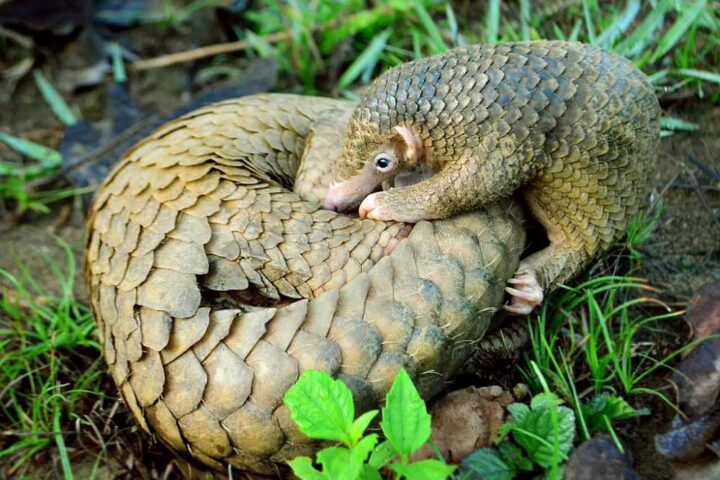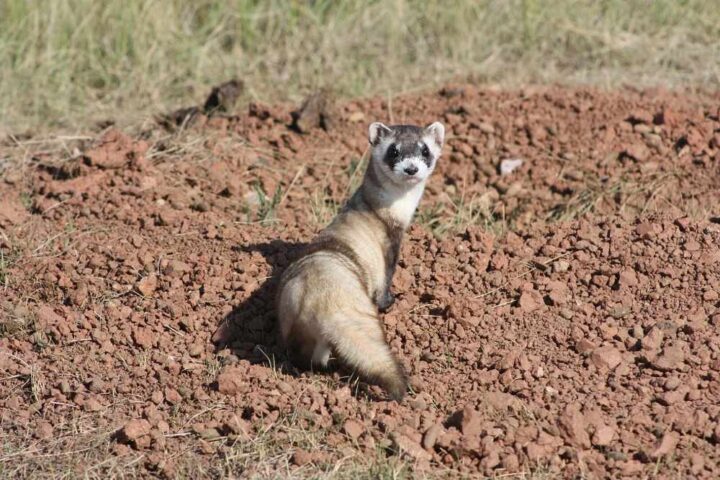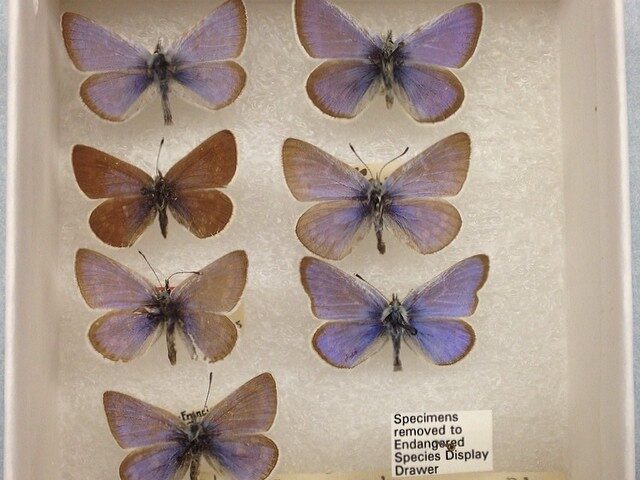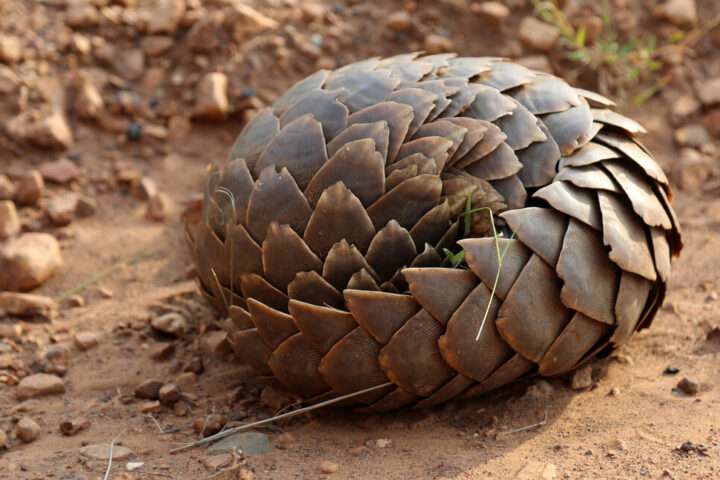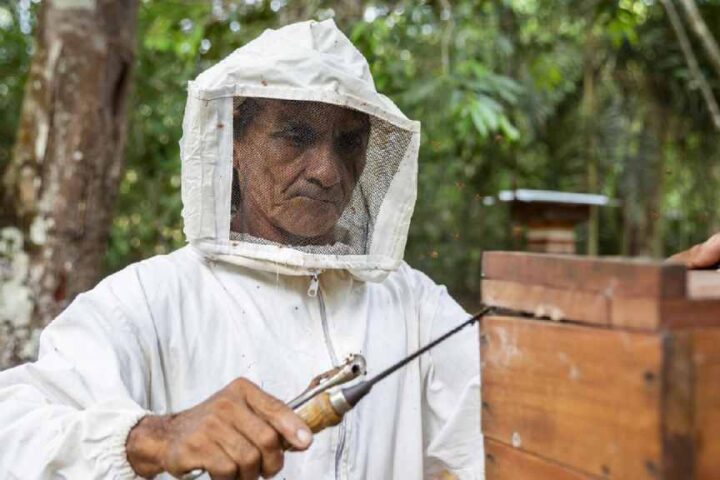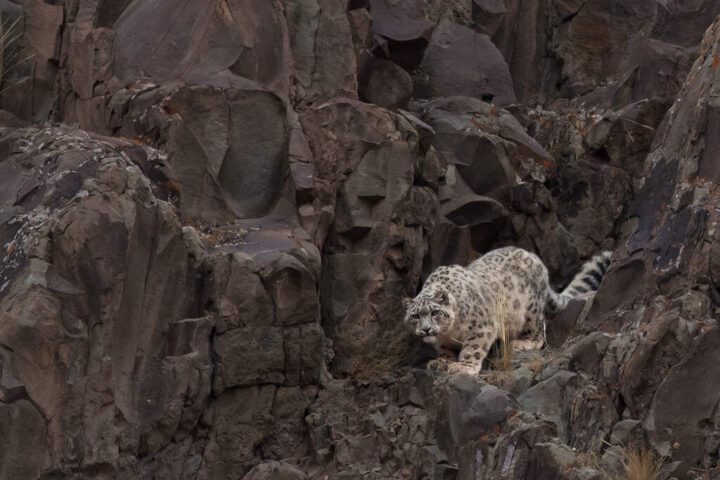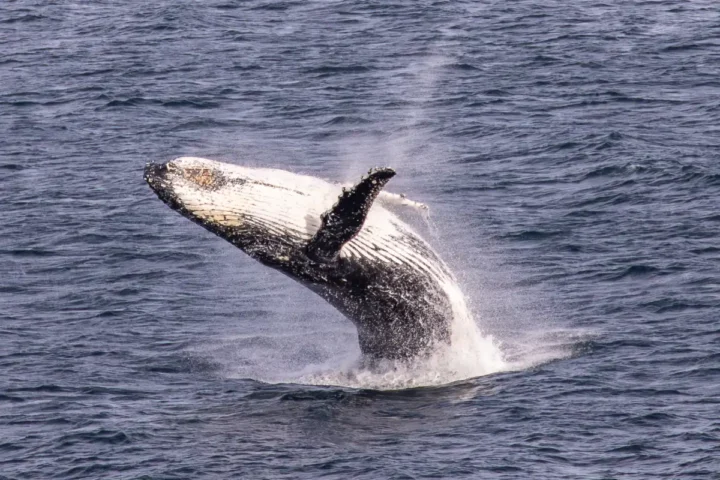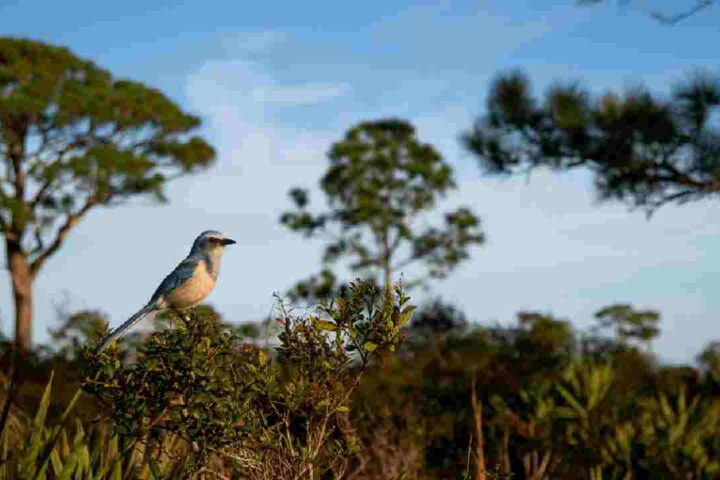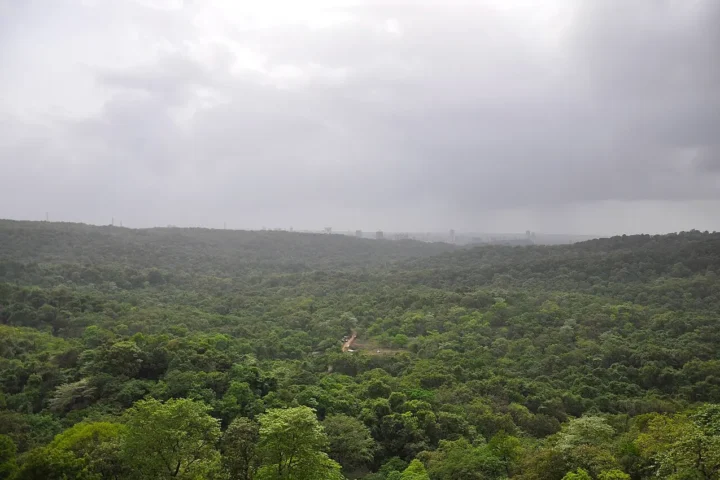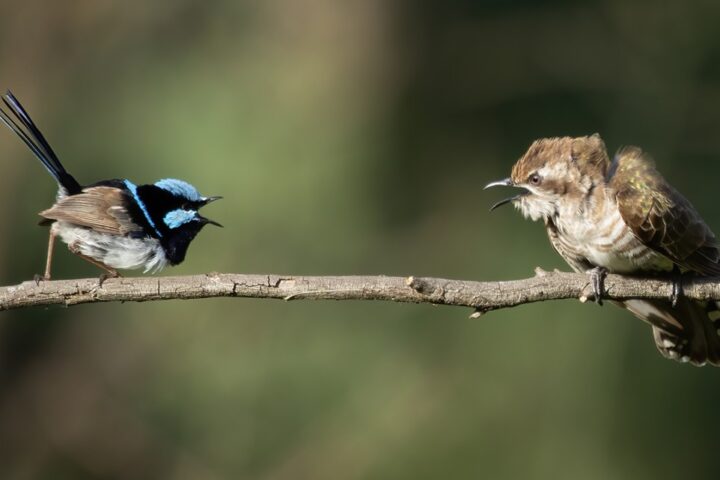Spiti Valley Becomes India’s First Cold Desert Biosphere Reserve
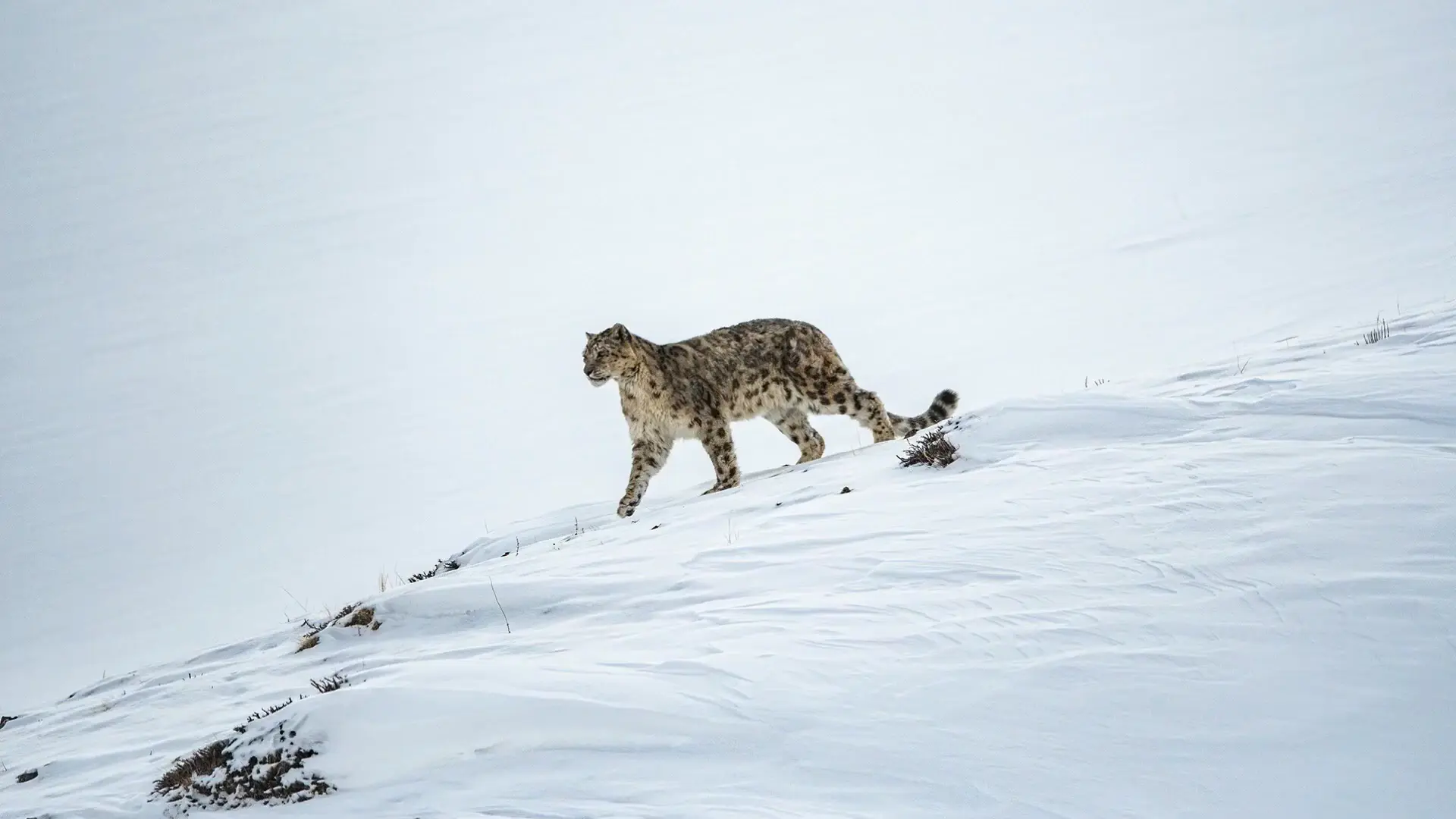
High up in Himachal Pradesh’s trans-Himalayan landscape, where the air is thin and mountain silence breaks only with wind, Spiti Valley has scripted history. The valley received recognition as India’s first Cold Desert Biosphere Reserve under UNESCO’s Man and the Biosphere (MAB) Programme. The announcement came during the 37th International Coordinating Council of the MAB held in Hangzhou, China, placing Spiti on the global conservation map.
This designation is part of a wider global push. UNESCO announced 26 new biosphere reserves across 21 countries this year—the highest number in two decades. With Spiti’s inclusion, India now has 13 biosphere reserves in UNESCO’s World Network of Biosphere Reserves (WNBR). The network now safeguards 785 sites across 142 countries, protecting nearly five per cent of the planet’s surface.
For Himachal Pradesh, the recognition highlights decades of conservation work in one of Earth’s harshest ecosystems. Spread over 7,770 sq km in the Lahaul-Spiti district, the newly designated reserve encompasses the Spiti Wildlife Division and adjoining stretches of the Lahaul Forest Division, including Baralacha Pass, Bharatpur, and Sarchu. Organised into a core zone of 2,665 sq km, a buffer zone of 3,977 sq km, and a transition zone of 1,128 sq km, the reserve balances ecological preservation with sustainable human activity.
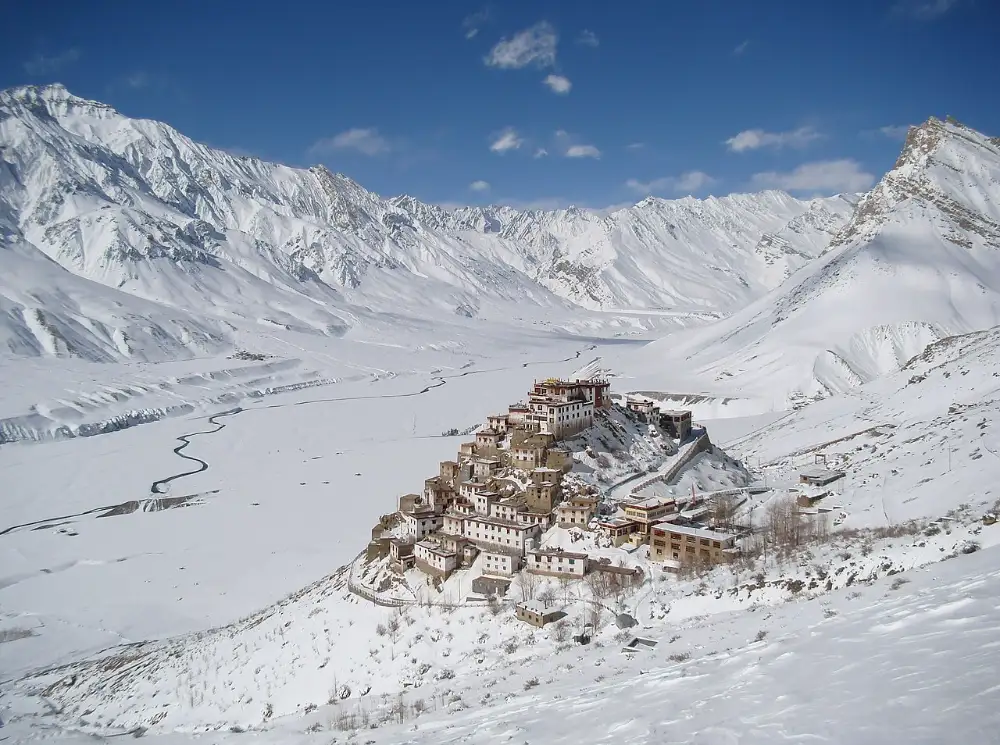
Reserve at a Glance
Explore the Reserve Geography
Located in Himachal Pradesh’s Lahaul-Spiti district, spanning the trans-Himalayan landscape
Biodiversity Treasure
A fragile cold desert ecosystem supporting unique alpine life
Test Your Knowledge
Conservation Milestone
Spiti’s recognition comes at a time when fragile mountain ecosystems face mounting pressure from climate change and tourism. The UNESCO listing will open doors for international research collaborations, bring global attention to India’s cold deserts, and encourage responsible eco-tourism that supports local livelihoods.
Chief Minister Sukhvinder Singh Sukhu said, “The State Government is committed to protect and conserve Himachal Pradesh’s rich natural and cultural heritage and fragile ecology in the era of climate change, while ensuring harmony between developmental activities and nature.”
The milestone strengthens India’s contribution to global biodiversity conservation. As UNESCO’s World Network of Biosphere Reserves continues to expand, Spiti’s cold desert now stands as a model where tradition, conservation, and climate action converge. The reserve harbours 655 herbs, 41 shrubs, and 17 tree species, including medicinal plants that sustain the ancient Sowa Rigpa or Amchi system of healing. Wildlife thrives: from the elusive snow leopard and the Tibetan wolf to the Himalayan ibex, red fox, golden eagle, and bearded vulture.
About 12,000 inhabitants live scattered across remote villages, practising agro-pastoral traditions passed down for centuries. Their livelihoods revolve around yak and goat herding, barley and pea farming, and deep-rooted spiritual knowledge sustained by Buddhist monasteries. The designation was discussed at the 37th session of UNESCO’s International Coordinating Council held recently, as announced by the Ministry of Environment, Forest and Climate Change.



